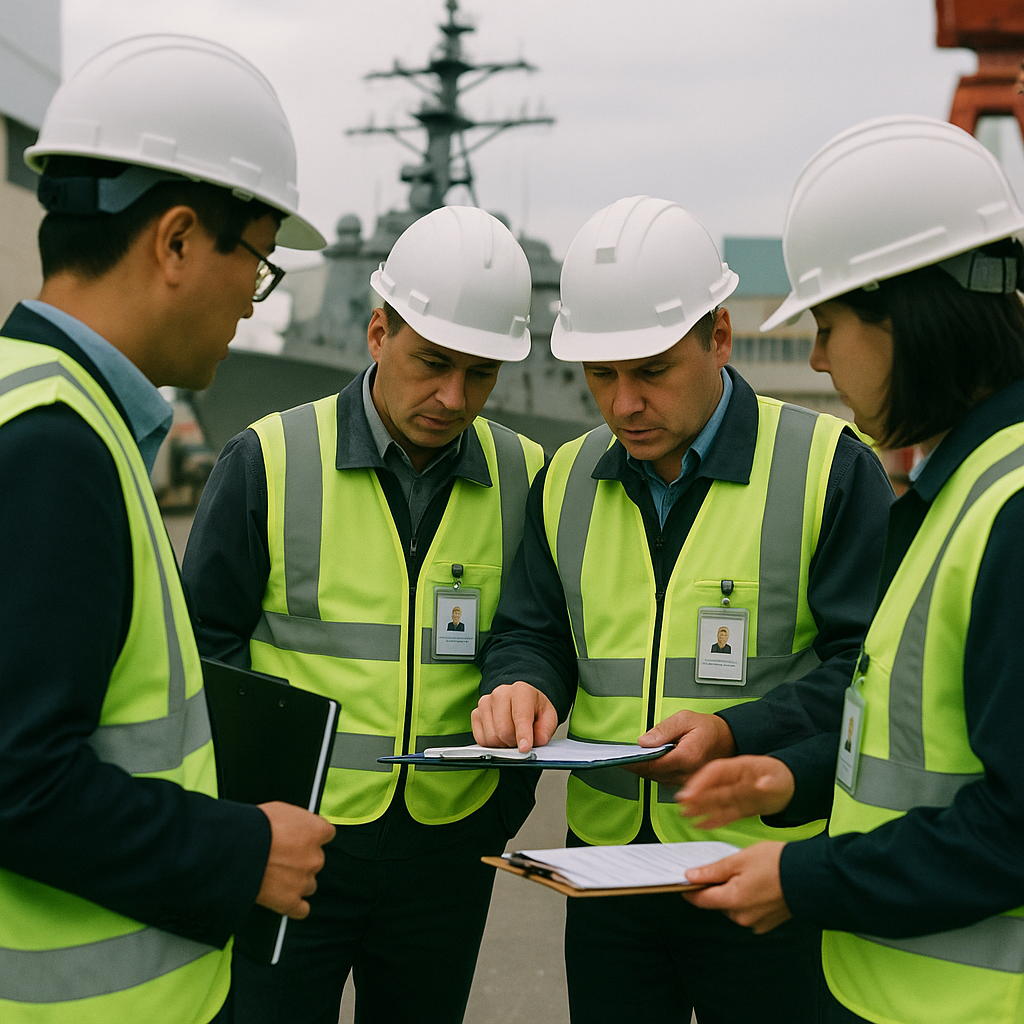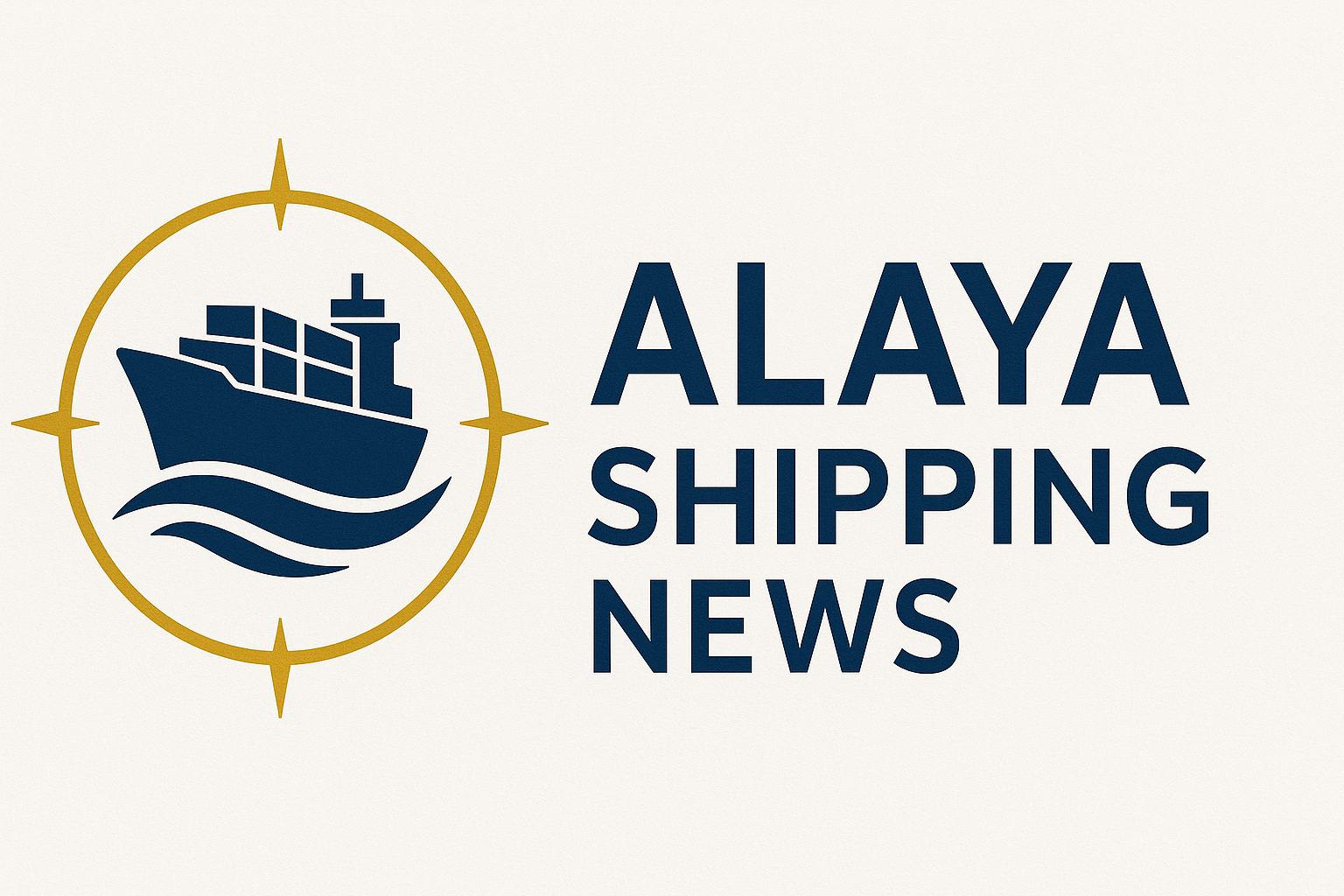
South Korea's Strategic Gamble: Reviving U.S. Shipbuilding to Court Trump
In a bold geopolitical and economic maneuver, South Korea is making a significant bet on revitalizing the struggling U.S. shipbuilding industry. This move comes at a time when global supply chains are under intense scrutiny, and the United States is seeking to bolster its domestic manufacturing capabilities. The strategic partnership aims to woo former President Donald Trump, whose influence remains potent within the Republican Party and among a significant portion of the American electorate. This development could have far-reaching implications for international trade, defense logistics, and the global shipbuilding market.
The Current State of U.S. Shipbuilding
The U.S. shipbuilding industry has faced numerous challenges over the past few decades, including declining domestic orders, increased competition from Asia, and a lack of investment in modern facilities. According to gCaptain, the industry is in dire need of revitalization to meet both commercial and military demands. The U.S. Navy and the Military Sealift Command have been increasingly reliant on foreign-built vessels, which raises concerns about national security and the ability to maintain a robust maritime defense infrastructure.
South Korea, a global leader in shipbuilding, sees an opportunity to step in and offer its expertise and resources to help rejuvenate the U.S. industry. This collaboration could potentially lead to the modernization of American shipyards, improved production capabilities, and the creation of new jobs, thus aligning with Trump’s “America First” agenda.
Geopolitical Implications and Regulatory Challenges
The partnership between South Korea and the U.S. shipbuilding sector is not just an economic venture; it is also a strategic geopolitical move. By investing in U.S. shipyards, South Korea aims to strengthen its ties with the United States, a key ally in the Asia-Pacific region. This relationship is particularly crucial given the rising tensions with North Korea and China’s growing maritime assertiveness.
However, this collaboration faces significant regulatory hurdles. The Jones Act, a century-old U.S. maritime law, requires that goods transported between U.S. ports be carried on ships that are built, owned, and operated by Americans. While the act aims to protect domestic shipbuilding, it also poses a challenge for foreign entities looking to invest in the U.S. market. Navigating these regulatory waters will require careful negotiation and potentially new legislation to facilitate foreign investment without undermining American interests.
Fleet Modernization and Economic Impact
The potential for fleet modernization is a key driver behind South Korea’s investment in U.S. shipbuilding. According to gCaptain, the Military Sealift Command has recognized the need for modern, efficient vessels to support U.S. military operations globally. The certification of the Stena Imperative crew by the Military Sealift Command underscores the importance of having a capable and ready fleet.
By partnering with South Korean shipbuilders, the U.S. could accelerate the modernization of its fleet, incorporating advanced technologies and sustainable practices. This would not only enhance the operational capabilities of the U.S. Navy but also stimulate economic growth by creating high-skilled jobs in shipbuilding and related industries.
Analyst Perspectives: Opportunities and Risks
From an analyst’s perspective, the South Korea-U.S. shipbuilding partnership presents both opportunities and risks. On the one hand, it offers a chance to revitalize a critical industry, boost employment, and strengthen defense capabilities. The influx of South Korean expertise and capital could lead to significant advancements in shipbuilding technology and efficiency.
On the other hand, the partnership faces challenges related to regulatory compliance, potential political backlash, and the complexities of integrating foreign and domestic operations. Analysts caution that without careful management, these factors could hinder the success of the initiative and lead to unintended consequences, such as increased dependency on foreign entities for critical infrastructure.
Conclusion: Navigating the Future of U.S. Shipbuilding
As South Korea places its bet on reviving the U.S. shipbuilding industry, the outcome remains uncertain. In a base scenario, successful collaboration could lead to a revitalized industry that meets both commercial and military needs, fostering economic growth and strengthening U.S.-South Korea relations. A bullish scenario would see the partnership overcoming regulatory challenges, leading to a renaissance in American shipbuilding and a significant boost to the U.S. economy.
Conversely, a bearish scenario could unfold if regulatory hurdles prove insurmountable or if political opposition derails the initiative. In such a case, the U.S. shipbuilding industry might continue to struggle, missing an opportunity for modernization and growth.
Ultimately, the success of this strategic gamble will depend on the ability of both nations to navigate complex geopolitical, economic, and regulatory landscapes. As the world watches, the stakes are high for South Korea and the United States in this ambitious endeavor.
Sources (selection):
